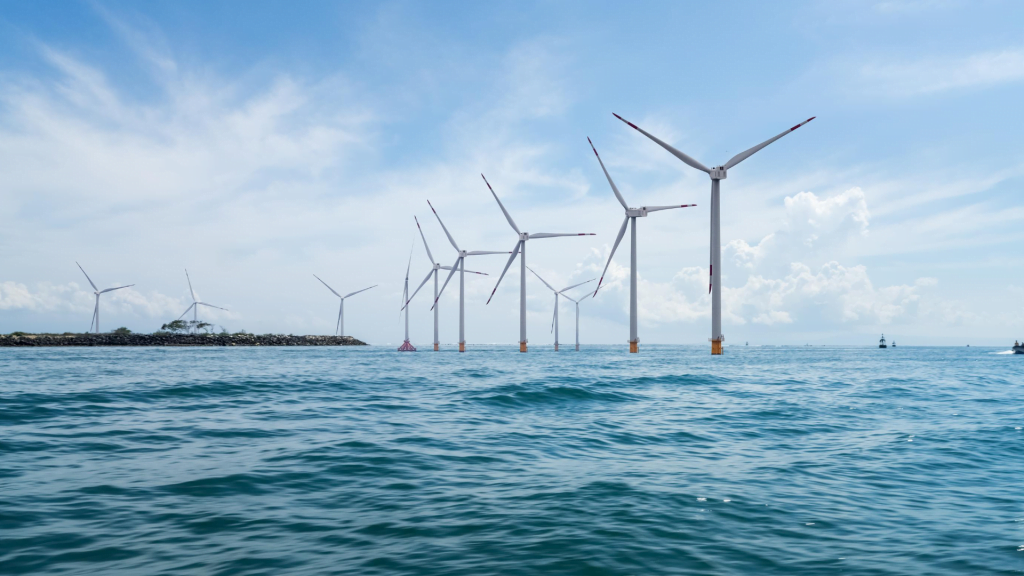
Our oceans are filled with energy. Seas swells- the up-and-down movement of water - are a source of energy, as are tides, underwater currents, and waves crashing. All of this is consistent, base-load energy, as opposed to intermittent renewable energy sources.
However, with the exception of sporadic efforts in the United Kingdom, Brazil, and Denmark, humanity has yet to tap this energy source. The cost is the issue, but it is not insurmountable. Costs have always been tamed by technology and scale, as seen in the case of solar equipment and electric vehicles, to name a few examples. Besides, there was no compelling reason to pursue ocean energies until recently. However, the climate crisis has altered the dynamics.
Though there has been little attempt in India to tap oceans for energy, a report by IIT-Madras and CRISIL estimates that there is 40,000 MW waiting to be harnessed from the Indian seas. A group of researchers from the Indian Institute of Technology, Bombay, has now analyzed wave data from coastal regions to determine the best locations for wave energy plants.
The team, led by Prof Balaji Ramakrishnan of the Department of Civil Engineering, concentrated on two key parameters: 'significant wave height' (SWH) and the time it takes a wave to pass through a point. These, taken together, provide an idea of 'wave power.'
They used 39 years of wave data for India's coastline from the European Centre for Medium-Range Weather Forecast for the computer-based study. "We analyzed data to understand SWH and wave power variations across seasons and locations," Ramakrishnan explained to Quantum. These studies, he claims, are critical to determining the best energy harvesting technology.
Simulated Waves
The research is still in its early stages. According to Ramakrishnan, the team ran several numerical models on computers before validating some of the findings with actual measurements taken at the sites. Computer simulations of ocean dynamics and wave data analysis provide some insight into potential locations for wave energy plants. "We need to collect more data," however.
The plan is to first identify high-potential zones and then select the best locations for wave energy plants within those zones, according to Ramakrishnan.
Ramakrishnan's research was published in Regional Studies in Marine Science. The southern tip of India, with high wave power and fewer variations, is best suited for wave energy plants, according to the paper.
Because solar energy is abundant during non-monsoon months, the study suggests combining solar and, possibly, wind energy plants with wave energy plants.
Ramakrishnan suggested that they look for innovative ways to cut costs. Some wave energy plants, for example, could be built on breakwaters built for fishing harbours. He claims that ocean energy offers a ready opportunity to power hundreds of islands by replacing diesel generators.
According to an article on the institute's website, "the knowledge gained through this IIT-Bombay study can help narrow the focus of future studies by indicating possible locations for power plants."
India-Specific Devices
The evaluation of wave energy potential is the first step toward establishing large-scale wave power plants. According to the article, detailed estimation of available marine energy, investigation of feasible and optimal technologies, innovating devices specific to Indian conditions, data collection to ascertain the estimates, and environmental impact analysis are required to realize the potential of wave energy.
Exploiting the oceans for energy is not a new idea, but the climate crisis has renewed interest in it. IIT-Madras has signed a joint development agreement with a start-up, Virya Paramita Energy, under which Prof Abdus Samad of the Department of Engineering Design, who has long worked on ocean energies, will develop a technology known as a "point absorber system" for deployment at multiple locations.
















